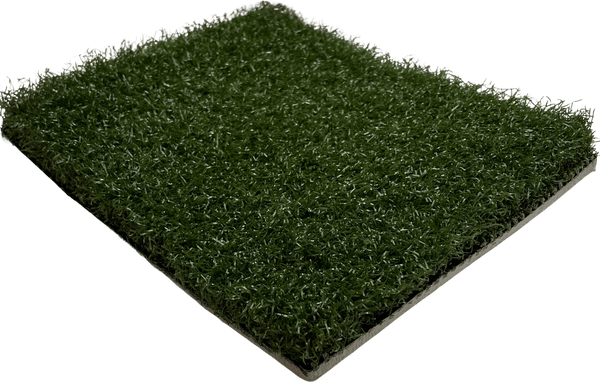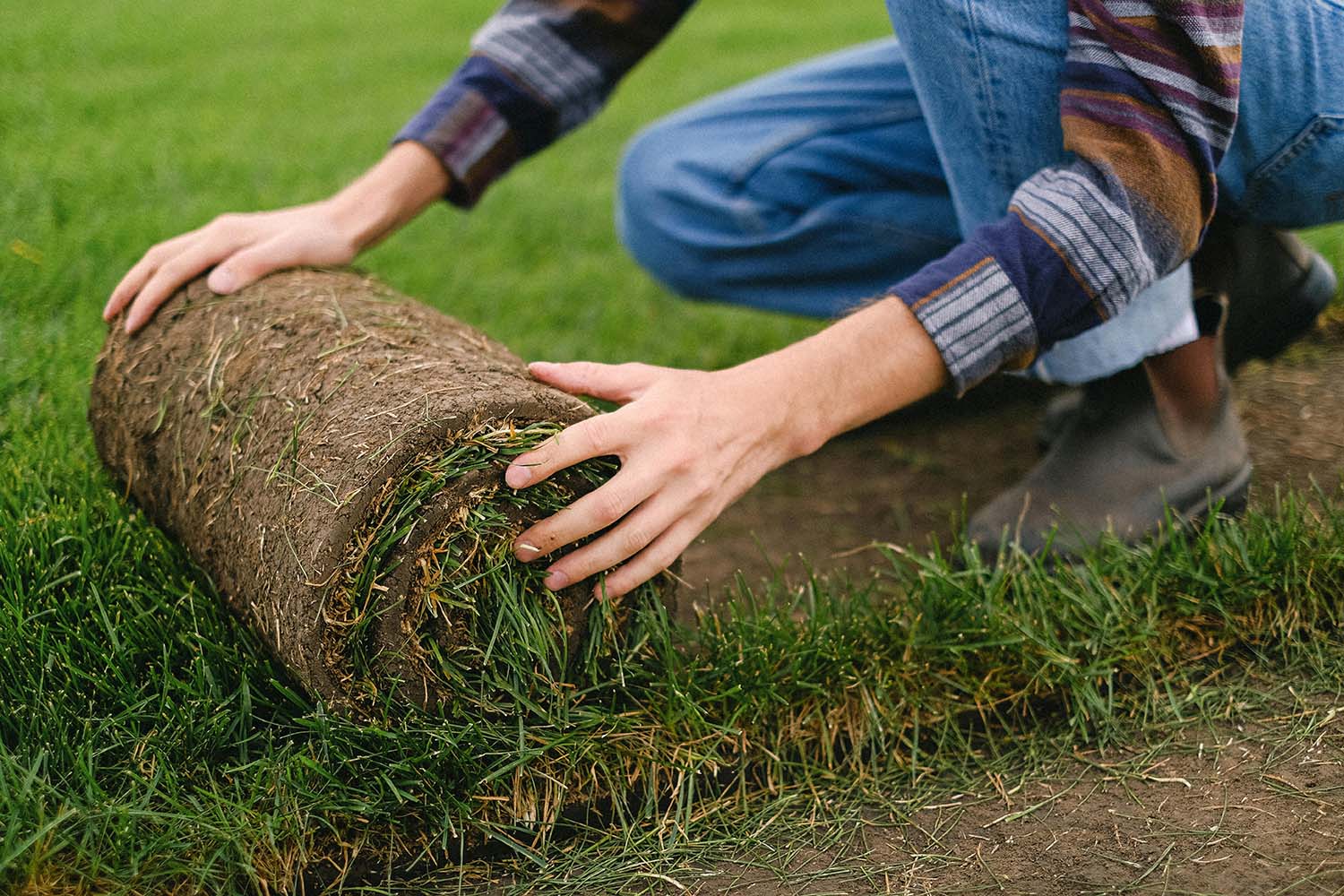See Why Homeowners Prefer Artificial Lawn for Lasting Landscaping Practices
As homeowners progressively focus on sustainability in landscaping, man-made lawn has arised as an engaging alternative to standard yard. What remains to be explored is the full range of advantages that synthetic turf can offer to property owners and the environment alike.
Water Conservation Benefits
Among one of the most significant benefits of fabricated grass is its duty in water conservation. Standard grass yards require substantial quantities of water to maintain their rich appearance, typically bring about overuse of regional water sources, especially in arid areas. On the other hand, synthetic lawn eliminates this need completely, as it does not call for watering. This not just conserves water yet likewise reduces the strain on local water supply, especially throughout dry spell conditions.
In addition, the setup of man-made turf can add to a more lasting landscape. House owners can substantially reduce their water costs, enabling reallocation of resources to other ecological campaigns or house usages. Additionally, synthetic grass is made to endure different climatic problems without the demand for additional watering, making it an ideal choice for regions encountering water deficiency.
The environmental benefits expand beyond prompt water cost savings. By minimizing water usage, synthetic grass helps to alleviate the influences of environment adjustment, preserving essential communities that are endangered by excessive water removal. As sustainable landscape design methods gain grip, synthetic grass becomes a liable selection for property owners looking for to produce environmentally friendly exterior spaces.
Lowered Maintenance Initiatives
Artificial grass significantly minimizes upkeep efforts contrasted to typical turf yards. With artificial lawn, home owners can eliminate the taxing jobs linked with all-natural landscaping, such as mowing, fertilizing, and weeding. This not just conserves valuable time however additionally reduces physical labor, making lawn treatment obtainable for individuals of all ages.
Typical grass call for constant cutting to keep a cosmetically pleasing elevation, whereas man-made grass stays constantly rich without the requirement for cutting. Additionally, property owners no much longer need to apply chemicals or plant foods, which are typically needed to keep natural yard healthy and balanced.
Moreover, synthetic grass is long lasting and durable, requiring marginal maintenance beyond occasional cleaning and washing to get rid of debris. This convenience of upkeep allows house owners to enjoy their outdoor areas without the continuous worry of maintenance, offering more time for recreation and household activities. Inevitably, the minimized maintenance initiatives connected with synthetic grass make it an attractive alternative for those seeking a low-maintenance, visually appealing landscape.

Environmental Effect Decrease
There is an expanding acknowledgment of the ecological advantages linked with synthetic grass, particularly in terms of water conservation and decreased chemical usage. Conventional yards need considerable amounts of water, particularly in drought-prone regions, resulting in increased strain on local water sources. On the other hand, synthetic grass removes the demand for watering, substantially lowering water intake and advertising sustainability.
Furthermore, traditional yard maintenance frequently involves the application of pesticides, herbicides, and fertilizers, which can add to dirt and water contamination. Synthetic grass minimizes this ecological risk by requiring marginal maintenance and practically eliminating the demand for dangerous chemicals. This not only enhances dirt health and wellness but additionally secures local ecosystems from hazardous runoff.
Moreover, the manufacturing of natural yard lawns generally entails using nonrenewable fuel sources for trimming and landscape design equipment, more contributing to greenhouse gas emissions. By selecting synthetic grass, house owners can significantly decrease their carbon footprint related to yard treatment activities.
Visual Appeal and Convenience
Along with its ecological benefits, artificial lawn offers considerable visual allure and versatility for landscaping. House owners can attain a lush, eco-friendly look year-round, removing the seasonal variations commonly connected with natural lawn. This constant visual not just boosts the visual appeal of a residential or commercial property but also adds to a properly maintained and refined appearance.
Furthermore, synthetic grass is available in a selection of appearances, shades, and designs, enabling for personalization to fit individual preferences and design motifs - Artificial turf companies phoenix. Whether used in residential yards, business areas, or leisure areas, it can flawlessly incorporate into diverse landscape design layouts, you can try these out from contemporary minimalist to lavish exotic settings
The versatility of fabricated grass extends past mere appearance; basics it can be mounted in different locations, consisting of roofs, patios, and also indoor spaces, developing chances for unique landscape design services. Additionally, it appropriates for a variety of tasks, from kids's play areas to pet-friendly settings, offering capability without jeopardizing design.
Eventually, the visual charm and versatility of synthetic grass make it an eye-catching choice for home owners seeking lasting landscaping options that do not sacrifice appeal for environmental obligation.

Long-Term Expense Cost Savings
One of the most compelling benefits of man-made turf is its potential for lasting cost financial savings. Unlike all-natural turf, which calls for routine maintenance-- consisting of mowing, watering, fertilizing, and parasite control-- fabricated grass significantly minimizes these continuous expenditures.
Furthermore, synthetic grass has a life expectancy of 15 to 25 years, relying on its high quality and use. This longevity lessens replacement expenses, making it a more affordable choice over time. Additionally, the first investment in man-made turf can often be recouped with the cost savings accumulated gradually.
While the upfront expense might seem greater compared to turf setup, the cumulative cost savings from reduced upkeep and water use commonly surpass these preliminary expenditures. Inevitably, the fostering of synthetic grass not just promotes a sustainable landscaping option but additionally uses house owners an economically smart option that aligns with lasting budgeting goals.
Verdict
Synthetic grass arises as an engaging alternative for sustainable landscape design, providing substantial advantages in water preservation, lowered upkeep initiatives, and reduced environmental effect. Its visual appeal and flexibility improve the aesthetic landscape while lining up with contemporary sustainability goals. Moreover, long-lasting expense savings add to its good looks for property owners. As neighborhoods significantly he has a good point focus on eco-friendly methods, the adoption of synthetic grass represents a dynamic action towards achieving resilient and sustainable landscapes.
Furthermore, artificial grass is made to hold up against different weather conditions without the requirement for additional watering, making it an optimal choice for areas dealing with water deficiency. (Arizona artificial turf)

Synthetic grass arises as a compelling option for lasting landscaping, using significant advantages in water conservation, minimized upkeep initiatives, and diminished ecological effect.